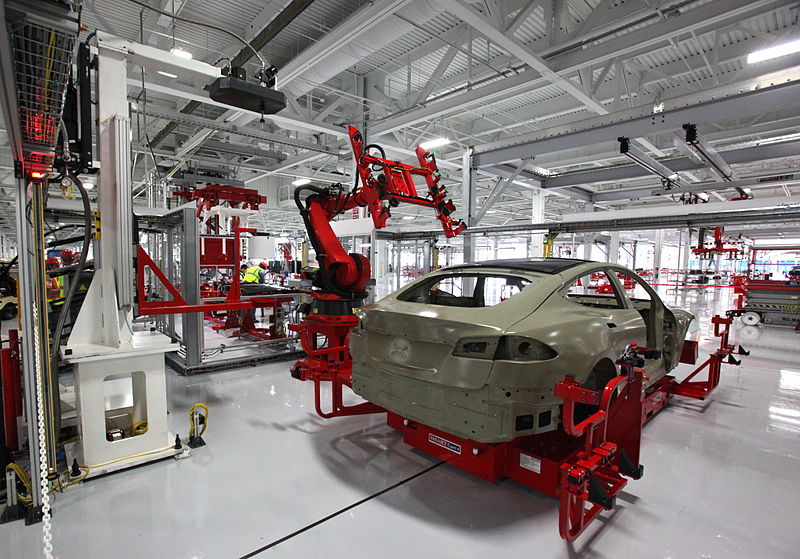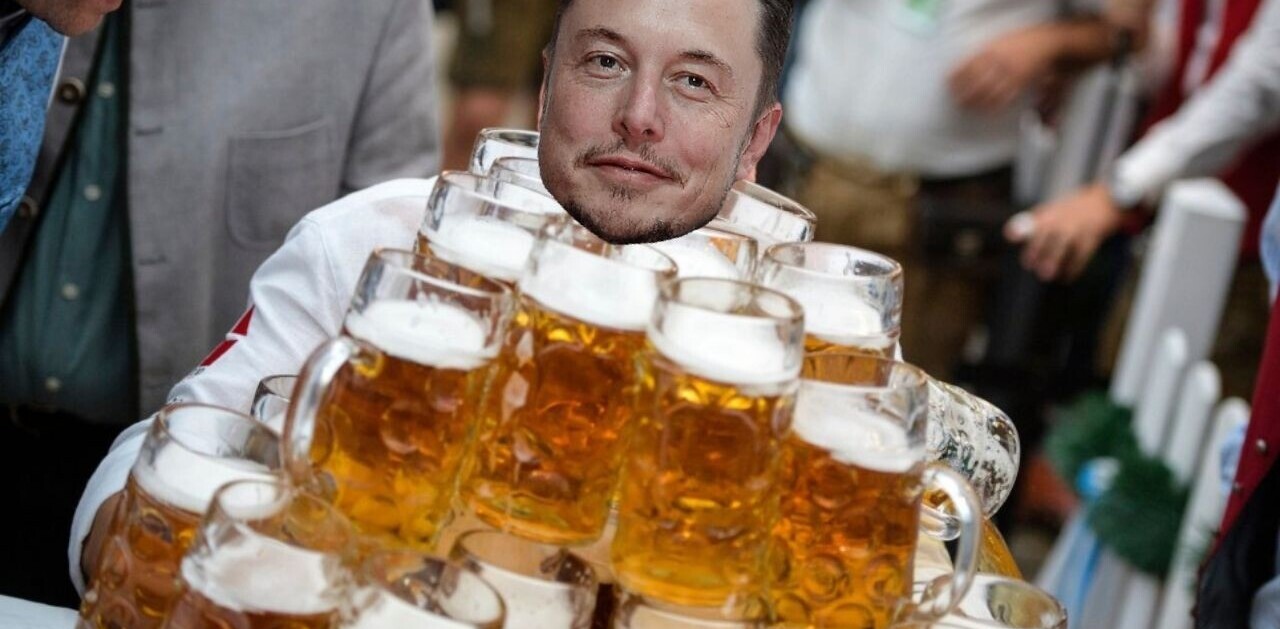
Tesla is often mentioned alongside “disruptive” products and initiatives, but the company’s latest proposal could be one of the most contentious to date.
During Tesla’s Q1 2020 earnings call yesterday, Elon Musk mentioned that advanced driver assistance systems (ADAS) such as Autopilot and Full Self-Driving will become subscription services, Engadget reports.
[Read: Autonomous driving still isn’t a reality in 2020 — and it’s getting people killed]
Over the past year, Tesla’s Autopilot and Full Self-Driving systems have been at the center of a somewhat niche — but important — debate, which has challenged the way drivers think about how they own the features of their vehicle.
Random unwarranted removals
A few years back, a handful of Teslamotorsclub forum users (examples here, here, and here) said they were accidentally given, or somehow came to acquire, Autopilot without paying a penny.

In more recent months, Tesla has been attempting to correct its indiscretion by surreptitiously removing the feature from vehicles that it believes shouldn’t have it. Only, things haven’t exactly gone that smoothly.
It seems that a number of legitimate Autopilot owners were caught up in the cross-fire as Tesla removed their car’s ADAS features without warning.
There was one high-profile case where a Tesla owner bought their car secondhand — at the time it was equipped with Autopilot and FSD. But after taking delivery it became apparent Tesla had removed the features and wasn’t intending to return them.
After this case made the news, the driver eventually got the features reinstated. This misunderstanding kind of made sense as the car was bought secondhand, and the new owner didn’t have documentation to prove they’d purchased the features as they came part of the resale package.
However, after we looked into that story, another individual contacted us saying the same thing had happened to them. But, unlike the previous case, they had bought a brand-new car and had supporting documents for their Autopilot purchase. Tesla didn’t respond to comment about the situation at the time. The individual, after a hard fought two-week long battle, had their features reinstated in early March.
It’s all been a bit of an unnecessary farce. But it’s seemingly easy to put right, once Tesla believes you paid for Autopilot or it gets media attention.
A significant part of the problem appears to stem from the fact that all Teslas are equipped, from the factory, with Autopilot and Full Self-Driving hardware. If an owner wants to add the feature, Tesla performs an over-the-air (OTA) update to enable the hardware and software features. So despite kind of owning the hardware, you’re not actually allowed to use it until you give Tesla $7,000 for the whole package.

The same OTA update also allows the company to disable features on a car when it wants to as well.
When we investigated those random Autopilot removals, a number of Tesla service centers in the UK and US told us that, once bought, the feature is attached to that vehicle for life. But in practice, that hasn’t always been the case.
A self-driving subscription model
Switching to a subscription model then could be a boon for drivers. That is, in the sense they’ll presumably keep the feature if they buy a new Tesla and keep the subscription payments. This is assuming that the subscription is registered to the driver and not the car.
It could also allow drivers to activate and deactivate the feature as they please. There’s no official word on how the subscription model will work yet, but presumably Tesla will be keen to limit things like this.
On the other hand, it could also end up making Tesla driver’s more subject to the company’s whim than before. The switch to subscription, Musk said, will happen later this year. The company has a lot of questions to answer before then.
More questions than answers
Perhaps, the subscription model will be tiered like Netflix’s. Where a base level subscription gives you access to some low-level features, only for use on one car, by one driver. Higher tier subscriptions could see Tesla drivers access all the features, across multiple vehicles.
Imagine a family that might have three or four drivers and two Teslas on the drive, which they all use. Will each driver need their own subscription? Or will each vehicle require its own subscription? Or will the family be able to get a multi-user family subscription that lets them all drive on Autopilot at the same time?

Depending on how Tesla decides to implement the model, it could be like having to pay for a separate Netflix subscription for every device you want to watch on — which would suck! Or it could be like having the top-tier account that your whole family uses, which lets you watch on multiple screens at the same time, and actually seem like good value.
Musk says that buying into Autopilot is making an “investment for your future.” Which sounds like the Tesla CEO is keen on getting people hooked to keep the subscription funds coming in. That said, a company rep did go on to add that payinbg for the tech on a monthly basis, will be the least expensive option.
In that sense, it sounds like Tesla is using the word subscription when it really means “lease.”
In some ways, it sounds like moving to a subscription model could be a real money spinner for Tesla, but only if it wants it to be.
There’s also plenty of opportunity here for Tesla to right the wrongs of its OTA updates past and offer a good value add-on. Otherwise, the move to a subscription model might open a whole new can of worms.
Get the TNW newsletter
Get the most important tech news in your inbox each week.




